Canyon’s New Spectral 29 Has Big Bike Capability and Small Bike Feel
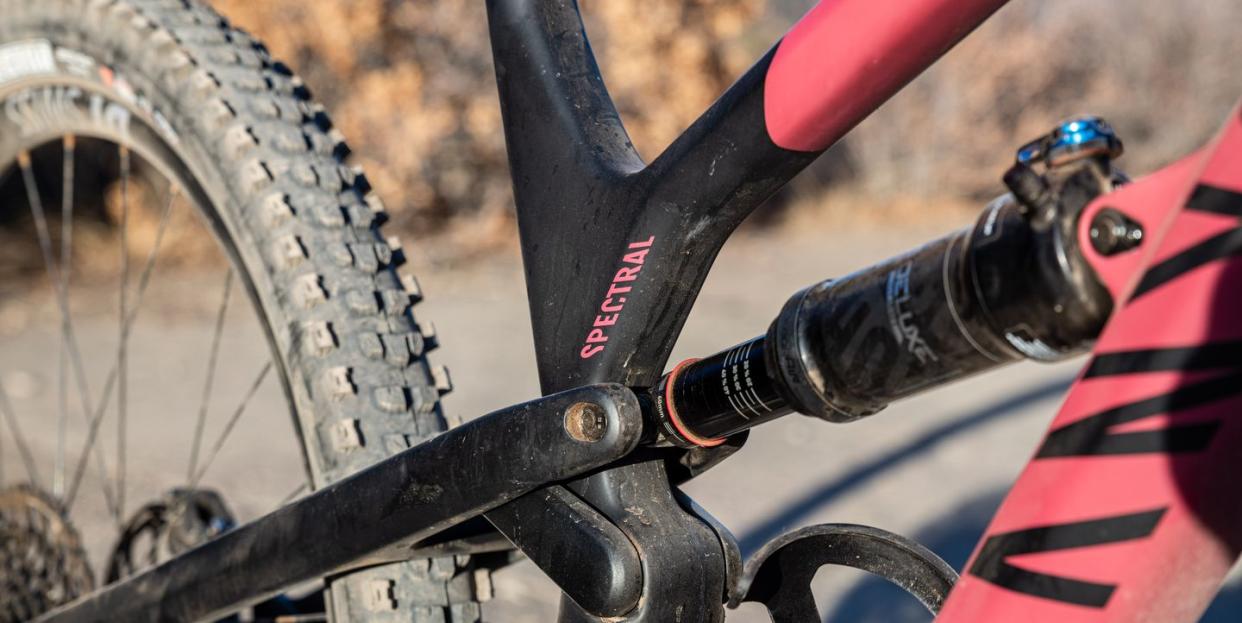
The Takeaway: The Spectral 29 has lots of travel and a playful attitude
New 150mm carbon frame 29er. Sold in the USA with 160mm forks and piggyback shocks
64 degree head tube angle and 76 degree seat tube angle with +0.5 degree flip chip
Threaded BB and internal routing with full-length tunnels
Three builds for the USA priced $3,699, $4,699, and $5,699
Price: $5,699 (as tested)
Weight: 29.7 (medium, estimated)
It’s new bike day at Canyon. This time it’s a new 150mm 29er trail bike, the Spectral 29. This is a bigger wheeled version of the brand’s popular 27.5 Spectral and, as you’ll learn, a playful and lively trail bike that’s also a killer value.
USA Build Kit
In the USA, and only in the USA, the Spectral 9 and 7 get different suspension bits than the rest of the world. Here, both bikes get 160mm forks and piggyback shocks, while they get 150mm forks and inline shock elsewhere.
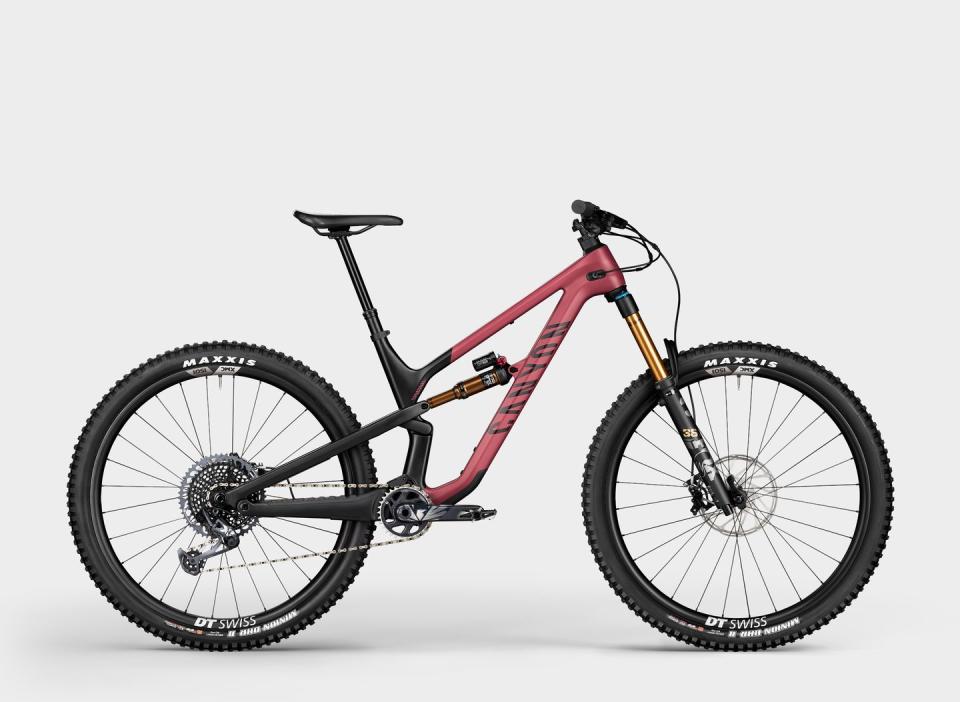
In the USA, my Spectral 9 review bike comes with a 160mm Fox Factory 36 Grip 2 fork and a Factory Float DPX2 shock, while the rest of the world’s Spectral 9 29 has a 150mm RockShox Pike Ultimate RCT3 fork and Deluxe Ultimate inline shock. But because it is 2020, my Spectral 29 CF 9.0 review bike arrived with the rest-of-the-world kit, not a USA kit.
I pillaged a new-ish 160mm 36 Grip 2 off another test bike, so I could ride the bike as it is sold here. I didn’t have a Kashima coated Factory 36 around, but as the Kash-coat has only a minor effect on initial performance (its most significant benefit is long-term performance), it didn’t impact my impressions. I couldn’t get the proper shock in time, but since I rode it with the right fork and geometry, I’m confident in my ride impressions.
The USA also gets some colorway changes. The final line difference: the rest of the world gets a top of the line 9.0 LTD model with Shimano XTR, which doesn’t land on our shores.
Ride Impressions
As I noted above, I got the Spectral 29 CF 9.0 with the rest-of-the-world suspension bits, but I put on a mostly correct 160mm Fox 36 Grip 2 fork for testing ahead of today’s launch. While I’m confident in my overall impressions, the inline RockShox Deluxe Ultimate my bike had does not ride exactly like the Fox Float DPX2 shock USA buyers get. If I can track down the proper shock—there wasn’t time to do so ahead of the launch—I’ll update my impressions.
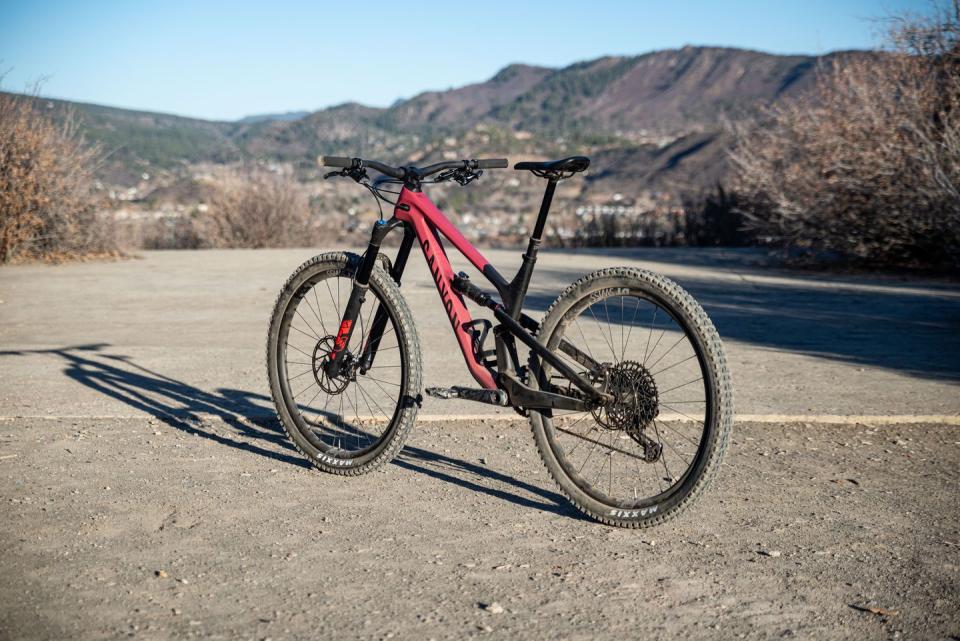
As a mid-to-long travel, do-everything, big wheeler, the Spectral 29 is a success. Even if it doesn’t reset any benchmarks, it’s a bike that does a lot well and offers balanced performance. Factor in what a great value it is, and I think Canyon has a hit on its hands.
For a big 29er, I found the Spectral lively, crisp, and poppy. To me, it felt more like a shorter-travel Pivot Switchblade or Evil Offering than it did bikes of similar travel like a Yeti SB150 or Mondraker Foxy 29. The inline Rockshox shock my bike has might play a role in this surprisingly poppy feel, but I don’t know until I get the right shock for the USA build.
But the Spectral 29 is a reasonably light bike for its travel, which helps. With the stock rest of the world suspension on my bike, it came in at 28.7 pounds (my scale). I’m going to ballpark that the USA suspension adds about a pound, which puts the CF 9.0 USA at under 30 lb. for a 150/160mm 29er—not bad.
And even though it’s a fairly slack bike (I rode it in low mode with a resultant 64-degree head angle), the front end steered easily, and it dropped into turns smoothly. I never had the sensation that I had to battle the front end at less-than-warp speeds as I do on some bigger, slacker bikes. Even at slower speeds in flat or climby tech terrain, the Spectral was surprisingly perky and easy to manage.
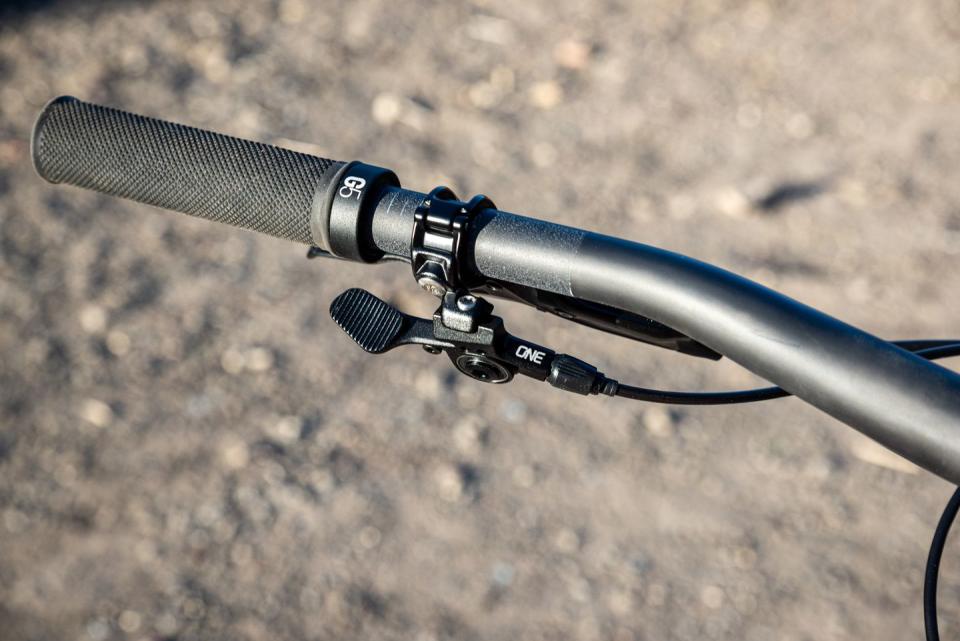
When I did launch it into faster, steeper, and rougher terrain, the Spectral 29 was intuitive and responsive. But it’s a dancer and not a plow even though it is long and slack with generous travel. I prefer a bike that rewards precise and accurate riding to a bike that suits a “grip and pray” style, so the Spectral’s handling worked for me, but if you’re looking for a mini-DH feel, I don’t think the Spectral is your rig.
Frame stiffness is very well-tuned. You’ll notice I’ve used the words precise, accurate, and intuitive, which, in my experience, means the bike has right-stiffness. Those words don’t come to mind when I ride a bike that’s over or under stiff.
And as far as bigger 29ers go, the Spectral’s climbing manners are, overall, good. There was a bit more softness at the pedals than I expected given claims of added anti-squat, but it doesn’t sink into its travel too much on steep climbs, so I felt like I could stay on top of the pedals and keep the front-end pointed where I wanted with ease. The long top tube offers a comfortable, efficient position for powering up long and challenging climbs, and, as I’ve noted, it’s a fairly light bike for the travel too.
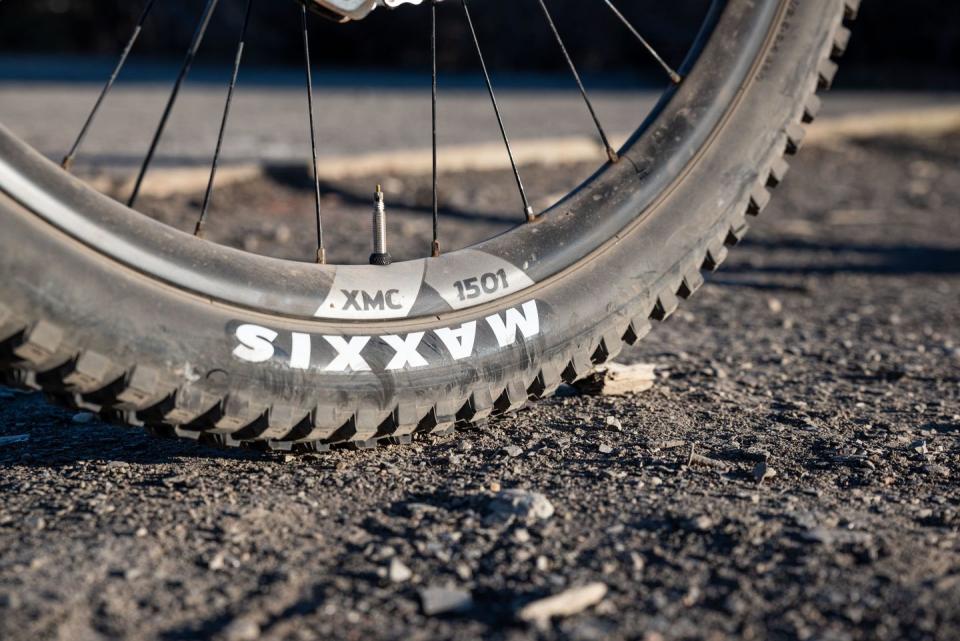
Overall, the parts on this bike are great, and as I’ve said, it’s a hell of a value. But I have a few small complaints. The rear hub’s laggy 10-degree engagement is a travesty. At the very least, Canyon should equip the rear hub with DT’s 54-tooth tooth star ratchets to cut engagement to under seven degrees. Better would be something with sub-five degrees. The standard EXO casing Maxxis tires are probably too light for a bike like this. EXO+ tires would add a bit of weight but are more suited to a bike with this much travel and intended use. The integrated chain guide is nice overall, but the material creates some super-squeaky noises with chain rub.
Overall, I think this is a bike for riders who want big bike travel and capability, but not necessarily big-bike feel. The crisp and light Spectral 29 is a hell of a ride and a hell of a deal.
USA Builds and Prices
In the USA, we get three models, all with the same CF-series full carbon frame. The three models are:
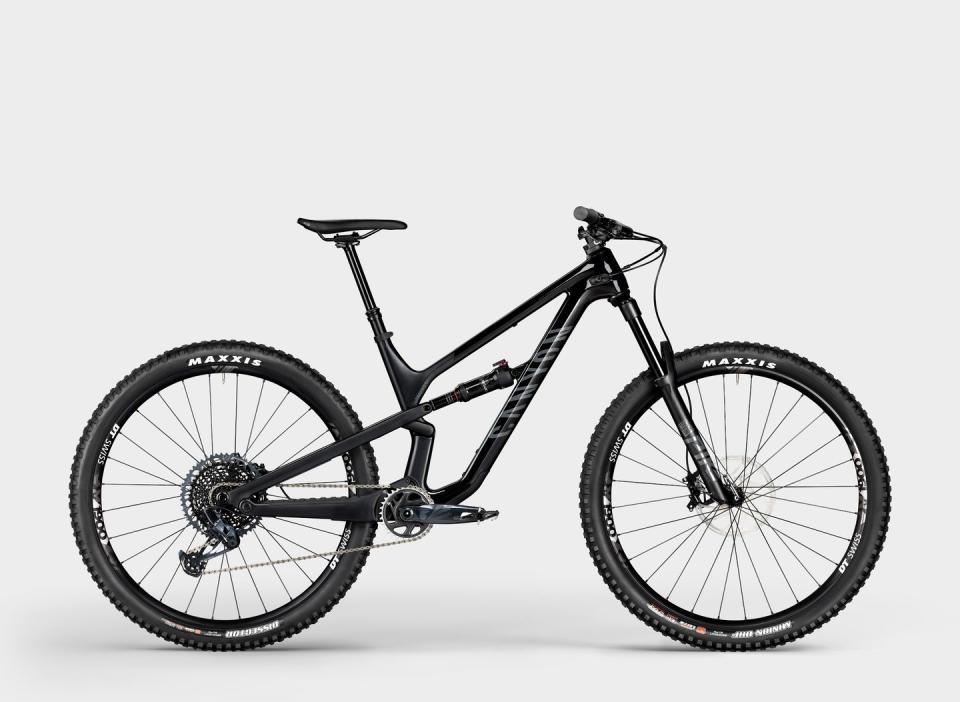
• Spectral CF 7 29, $3,699
160mm Rockshox Lyrik Select RC fork and Super Deluxe Select + shock, SRAM GX Eagle drivetrain, SRAM G2 brakes, DT-Swiss M1900 wheels, Canyon Iridium dropper. Claimed weight: 31.2 lb.
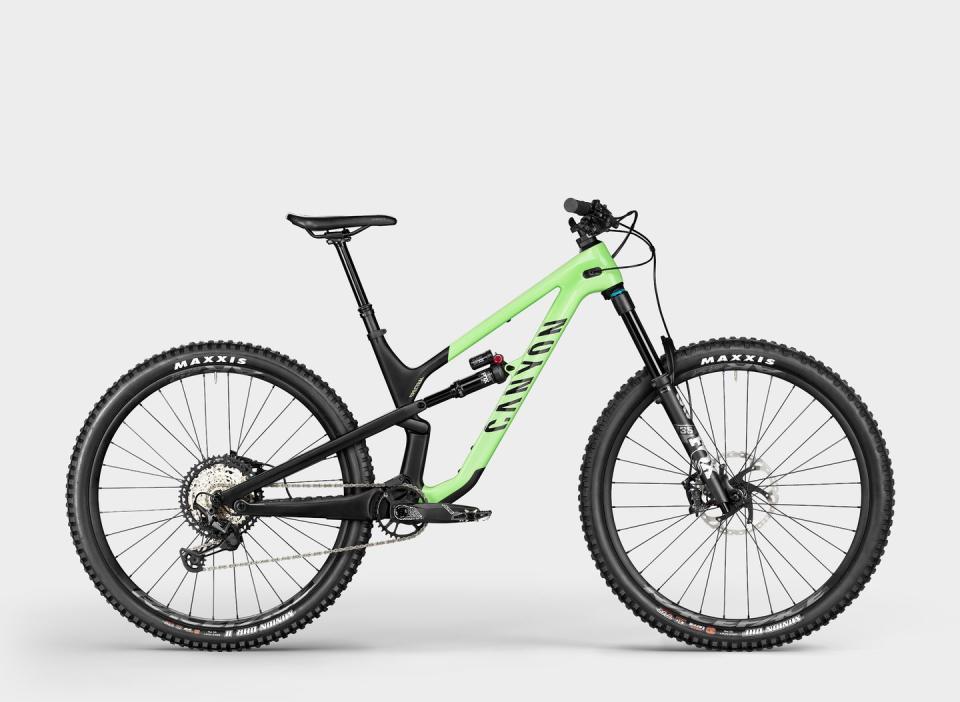
• Spectral CF 8 29, $4,699
160mm Fox 36 Float Performance Elite Grip 2 fork and Float DPX2 Performance Elite shock, Shimano XT drivetrain, Shimano XT brakes, DT-Swiss XM1700 wheels, Canyon Iridium dropper. Claimed weight: 31.8 lb.
• Spectral CF 9 29, $5,699
160mm Fox 36 Float Factory Grip 2 fork and Float DPX2 Factory shock, SRAM X01 Eagle drivetrain, SRAM G2 RSC brakes, DT-Swiss XMC1501 wheels, OneUp Components V2 dropper. Claimed weight: 29.6 lb.
As usual, Canyon offers some great value here. The CF 9, in particular, is a fantastic value: Fox Factory suspension, carbon rims, carbon crank, carbon handlebar, a great dropper, and SRAM X01 drivetrain and G2 RSC brakes at a price where many brands’ bikes have lower grade suspension, aluminum rims, and GX Eagle drivetrain.
I’ve also got a Salsa Blackthorn in for review, and to get a similar build to the Spectral CF 9, you gotta spend $2,200 more. A Specialized Sumpjumper Evo with a similar build is $7,300; a Yeti SB130 LR with a comparable build is $8,500. Woof. It’s not even close.
Design and Features
We’re in a moment (and it might just be a moment) where new mountain bikes roll out with thoughtful evolution rather than massive jumps in technology. So while the Spectral 29 is an all-new bike from Canyon, it’s not the product of all-new thinking.
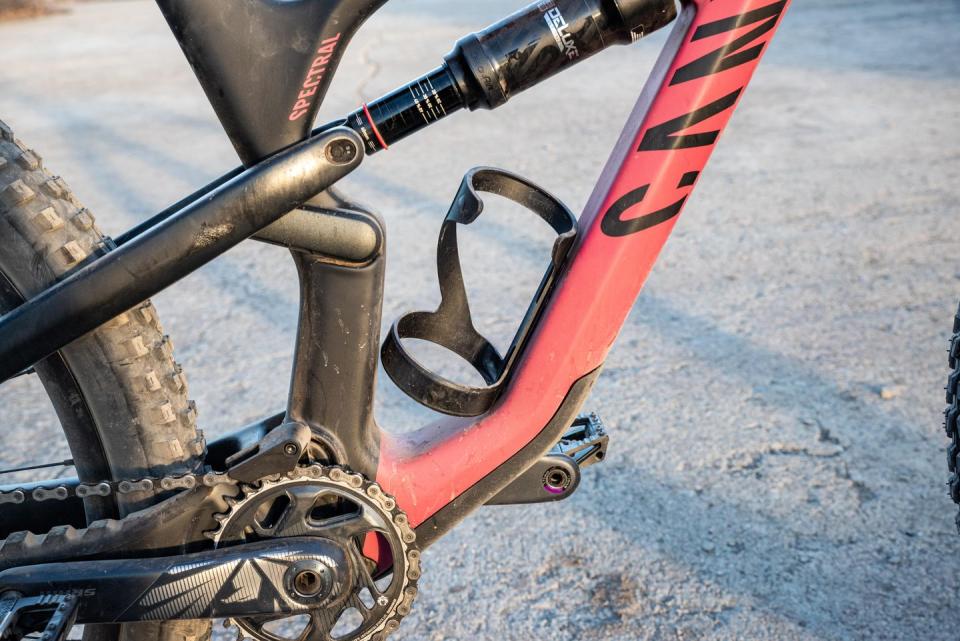
Canyon’s Spectral with 27.5 wheels and 150mm rear travel (160mm fork) has been around for a few years. The short version of the Spectral 29’s story is, “The Spectral is a great bike; let’s make one with 29-inch wheels!”
The Spectral 29 gets the same basic frame and four-bar suspension design as the smaller-wheeled Spectral. Compared to the 27.5 bikes, engineers tweaked some of the 29ers suspension values, giving it more anti-squat early in the travel for better pedaling performance but less later to reduce pedal kickback sensation. The 29er also has more progression to prevent hard bottoming.
Like Canyon’s other suspension bikes, the Spectral 29 has what they call “Triple Phase Suspension.” This is the company’s shorthand for suspension tuned to be initially supple, with good mid-stroke support and progression at the end of the stroke to prevent hard bottoming. Basically, it’s how all suspension should work. As Canyon rightly points out in their press materials, this isn’t a thing on the frame but an objective and, hopefully, an outcome resulting from shock tune and kinematics.
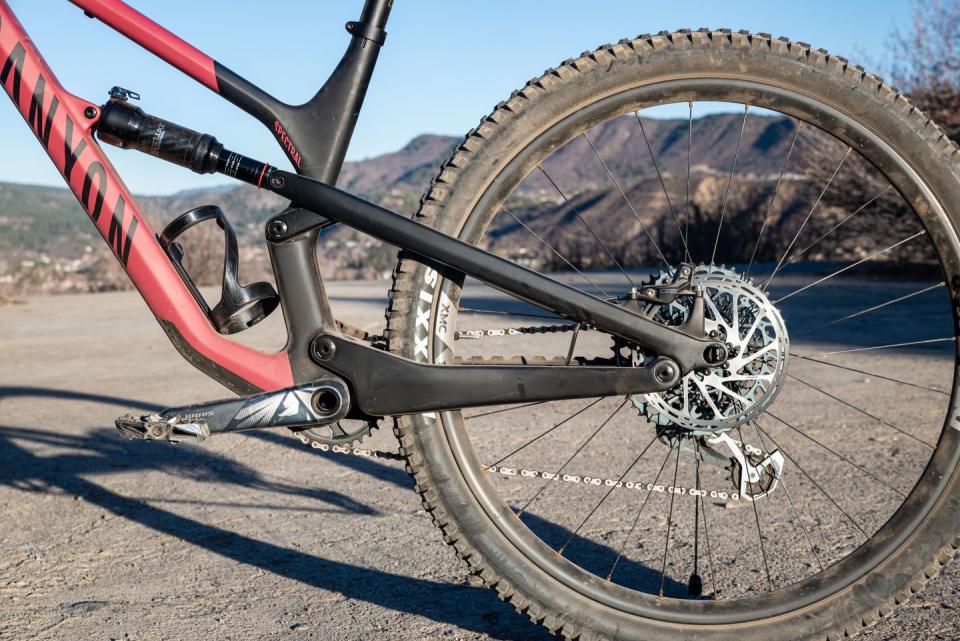
Canyon claims a 2598 gram frame for the carbon Spectral CF 29, 222 grams lighter than the Spectral CF 275 frame, and 63 grams lighter than the brand’s Spectral CFR (the designation given to its top of the line carbon frames) 275 frame. Even though the Spectral 29 is lighter and designed for larger wheels, it has 18 percent more head tube stiffness than the 27.5 frames, and the Spectral 29 meets Canyon’s “Category 4” standards, which means it’s strong and tough enough for Enduro World Series type use. There is no aluminum or CFR version of the Spectral 29 frame at launch, but that could change in the future.
All models come with air shocks, and though Canyon doesn’t explicitly forbid the use of a coil-over, they say its “leverage curve was optimized for more progressive air-sprung shocks.” Translation: run a coil, and yer gonna bottom out a lot.
The Spectral 29 frame runs a threaded bottom bracket and fits a (small) water bottle inside the front triangle (barely). It features a host of replaceable captured thread inserts, so the frame isn’t toasted of you over-torque a pivot bolt after a rebuild, and the ISCG tabs are also replaceable in case you case a boulder. Full-length tunnels make running hoses and housings easier, and it also features “double sealed” bearings and frame molded protectors for added durability.
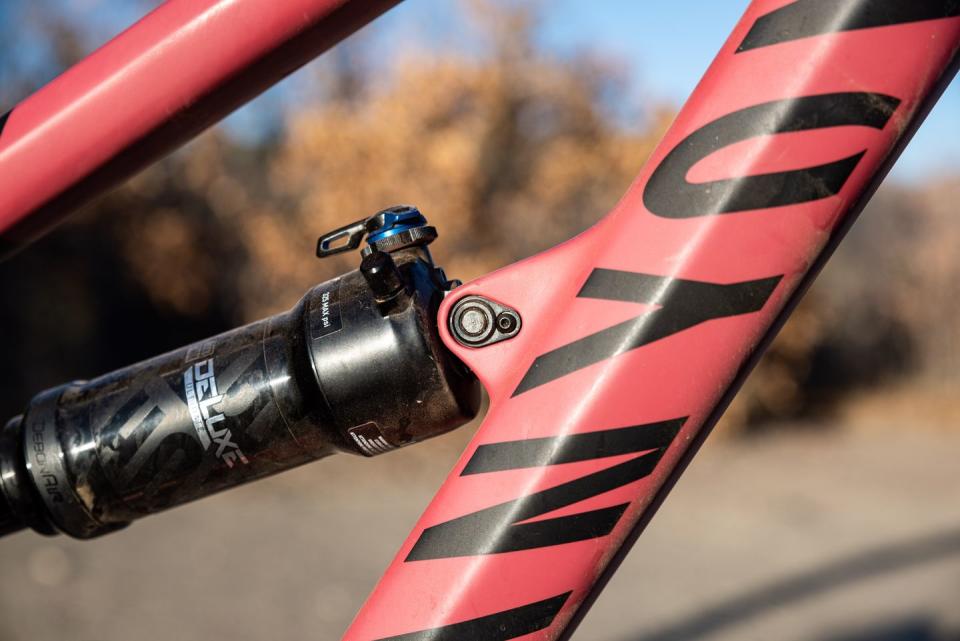
The Spectral 29 is a 29er only bike; running a 27.5 + wheelset or a smaller rear wheel isn’t recommended. During the launch presentation, Canyon reps hinted that they’re experimenting with some mullet setups, so perhaps something is in the works for a future launch.
Spectral 29 VS. Strive
You may be thinking to yourself, “Doesn’t Canyon already have a 150mm 29er?” You’re not crazy; it’s called the Strive. And like the Spectral 29, most Strive models have a 160mm for (the CFR 9.0 runs a 170mm fork). Geometry is pretty similar too.
So, the Spectral 29 replaces the Strive, right? Nope. Here are some words from Canyon’s launch materials on that subject,
“The Spectral 29 is a simple and fun trail bike. It goes fast and can tackle technical terrain at high speeds, to be sure, but it’s not made to produce medals on racetracks. The Strive, on the other hand, is an advanced race bike. The Strive’s Shapeshifter technology and ground-hugging ride feel, give that enduro race bike the increased traction racers require when pushing the limits of control in competition.”
Canyon goes onto say the brand’s enduro racers will continue to use the Strive as their race mount.
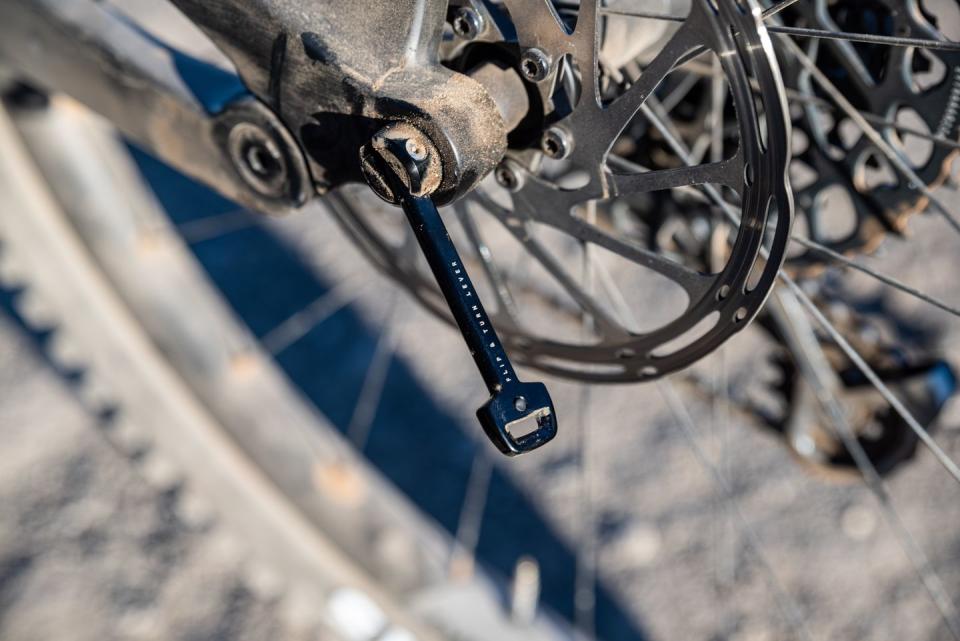
Besides some kinematic differences, the Strive has Canyon’s Shapeshifter on the fly geometry adjust, while the Spectral 29 has a flip-chip. I’ve ridden both bikes: the Spectral 29 is a better bike for trail riding, and I’d prefer it over the Strive for enduro racing, too, no matter what Canyon says. The Spectral 29 has better geometry, and I don’t find the Strive’s Shapeshifter a compelling-enough feature to warrant the extra weight, complexity, and maintenance penalty it incurs.
Geometry
Here’s a geometry table, woo-hoo! Nothing crazy happening here: pretty standard geometry for a 150mm-ish 29er in late 2020. Reach and top tube length are generous (460 and 619mm respectively on my size medium review bike), with a 64 or 64.5 head angle and 76 or 76.5-degree seat tube angle with 160mm fork, depending on the flip-chip position. I suspect some riders with taller saddle heights might find that seat angle a touch slack.
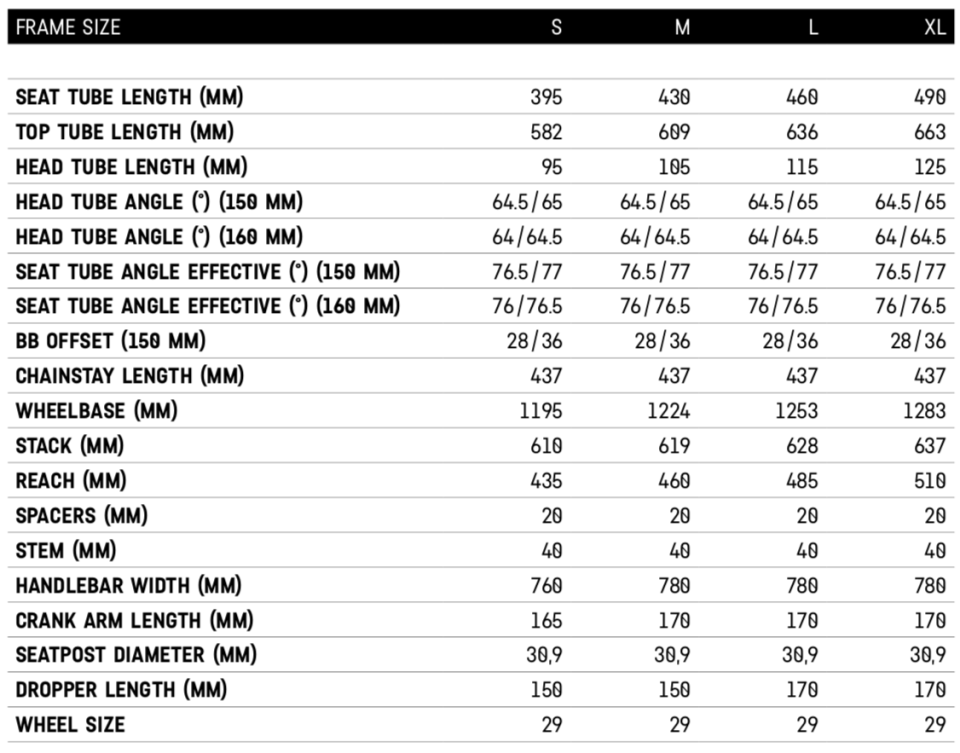
Looking at my super geometry comparison spreadsheet, I see that the Spectral’s geometry is similar-ish to the new Specialized Stumpjumper Evo. However, its multiple geometry adjustments make an exact comparison difficult. One notable comparison: the Spectral 29 and Ibis Ripmo, on paper, have very similar numbers.
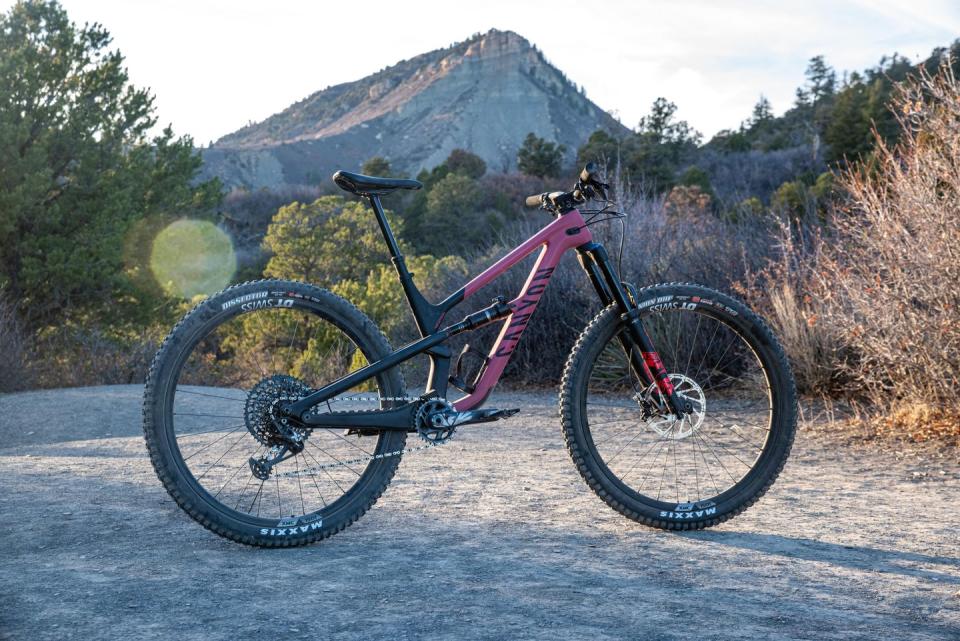
You Might Also Like

